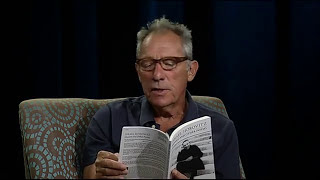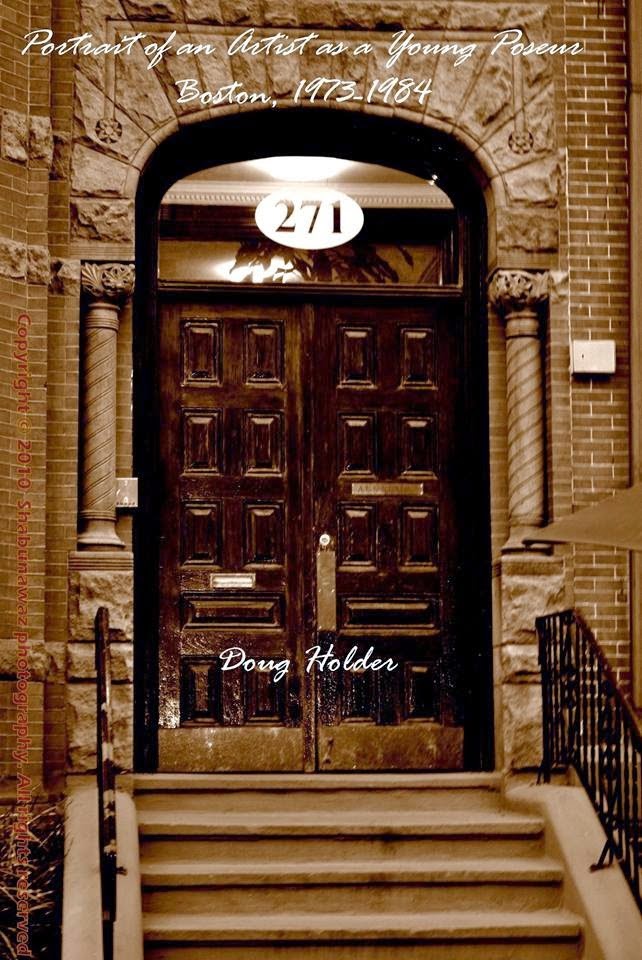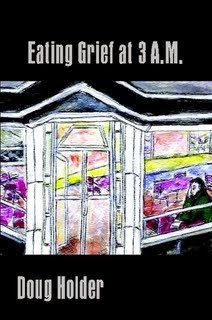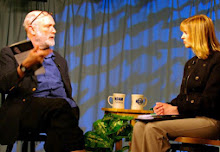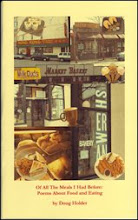Doug Holder: How has it been for you at the Miller Street Studios in Somerville?
Karen Moss: Well, I have only been here for a year. I was pressured to leave my Braintree Street Studio in Allston--there is a robotics company in its place now. I love being at Miller Street-- and the landlord seems to love artists! Some 50 years ago I started at the Vernon Street Studios in Somerville. I was one of the three first tenants. Maude Morgan helped us find a space--so I guess I got my first start in Somerville.
DH: A lot of your work makes a political statement. You explore Native Americans, banned books, the subtext of children's stories, colonialism, etc...
KM: There are a lot of different aspects to my work. I use political ideas as well as humor and pop culture. Some of my work is lighthearted. My work is about something--it has a narrative quality.
DH: Was your childhood full of creativity?
KM: In a show I presented, " Life Before TV" I explored my own childhood before the birth of TV. As a child I drew all the time. I had a vivid imagination. I was influenced by children's literature. It seems to me that most kids stop drawing, as reading and writing takes over their time. I always kept drawing. The kids I hung out always created imaginary projects. Until second grade I grew up in Jamaica Plain. There were a lot of parents who were involved in the arts, so it was a rich environment for me. My parents encouraged my creative side. In second grade we moved to Newton and again I was around creative kids. My mother, Norma Canner was once an actress and dancer in on Broadway--so she always encouraged my creativity. There was a documentary made about her, "A Time to Dance: The Life and Work of Norma Canner."
DH: Would you characterize your own work as dramatic?
KM: Some of it is a little dramatic. For instance, the "Finger Print Project." This was a project that involved interviewing people in prison. I interviewed the bodyguard of Huey Newton ( Black Panthers) " Big Bob," as well as Meekah Scott-- a member of the Framingham Eight--a group of women in Framingham State Prison who killed their abusers in self-defense. The fingerprints were the art--when you pressed one print--text would appear next to it.
DH: Tell us about your banned books project?
KM: This was a project where I painted people who were reading banned books. Many of the people I selected randomly--others I knew. The books chosen dealt with racism, gender, and sexuality. One of my subjects was a guard at the Rose Museum at Brandies University. He was reading a book by James Baldwin. Another subject was a young trans person who was reading the book " The Perks of Being a Wildflower."
To find out more about Moss go to: https://www.karenmoss.com/



